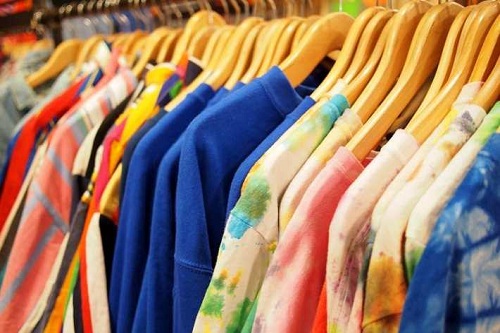CHINA CONTINUES TO DOMINATE TEXTILE AND APPAREL EXPORTS WITH BETTER EPIDEMIC CONTROL

CHINA CONTINUES TO DOMINATE TEXTILE AND APPAREL EXPORTS WITH BETTER EPIDEMIC CONTROL
The outbreak of COVID-19 in Vietnam, Bangladesh, Cambodia and other Southeast Asian countries led to a sharp drop in apparel and textile exports from these countries. At the same time, the gradual subsiding of the pandemic in China and its stable and complete supply chain resulted in a few apparel and textile orders meant for these countries being diverted to China. China also witnessed a rebound in operating rate of domestic textile and apparel mills that led to a sharp surge exports.
Overseas demand fuels order growth in China
As per a CCF Group report, China’s textiles and apparels exports surged 7.7 per cent Y- o-Y to $$285.29 billion during January-November 2021; a growth of 15.56 per cent from the 2019 levels and faster than expected for the second straight year. It was attributed to surging overseas consumer demand and returning production orders. The American Rescue Plan also helped stimulate demand in the US in March. Consumption of goods also surged leading to a strong demand in overseas markets. The outbreak in Southeast Asian countries also brought textile and apparel orders back to China.
o-Y to $$285.29 billion during January-November 2021; a growth of 15.56 per cent from the 2019 levels and faster than expected for the second straight year. It was attributed to surging overseas consumer demand and returning production orders. The American Rescue Plan also helped stimulate demand in the US in March. Consumption of goods also surged leading to a strong demand in overseas markets. The outbreak in Southeast Asian countries also brought textile and apparel orders back to China.
However, with slowing down of the effect of the pandemic in Southeast Asia, governments in these countries relaxed pandemic-related restrictions and resumed production. This is leading to a return of orders back. As per data, textile and apparel exports of Pakistan, Bangladesh, India and Vietnam have returned to pre-COVID levels
Rising transport prices dampen Southeast Asian’s prospects
Exports of Southeast Asian countries rebounded quickly as these countries were in a lockdown for a long time. However, this also led to a sharp increase in their local transport prices. Transport prices in these countries have increased over $1000 to between $3000 and $4000 since November 9. Local freight rates have gone up 10 times from $300-400 before the outbreak.
Hence, though Southeast Asia mills have resumed production gradually, China still continues to hold advantages in epidemic control. This will not allow orders diverted to Southeast Asia to become mainstream.
By Fashionating World
https://www.fashionatingworld.com/new1-2/china-continues-to-dominate-textile-and-apparel-exports-with-better-epidemic-control
